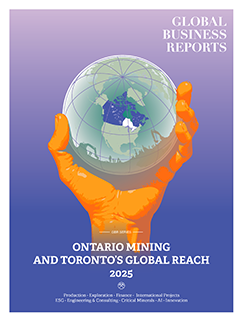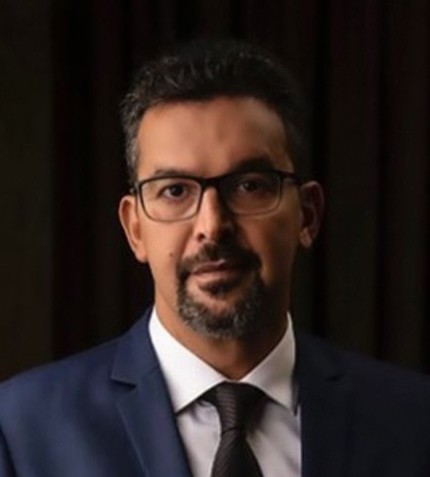
"Ontario is a fantastic mining market with a lot of experienced professionals, making it easier to find the right technical and project delivery skills."
RELATED PUBLICATION
ARTICLES FROM THIS PUBLICATION
Zimi Meka and Yan Jin
CO-FOUNDER AND CEO (ZM) AND VICE PRESIDENT, MINERALS AND METALS, GTA (YJ), AUSENCO
Can you provide an update on how 2024 has been for Ausenco globally?
ZM: A key highlight for Ausenco was completing a major project in South America for Capstone Copper, which went very well. Despite some concerns raised by the drop in lithium prices, it was still a solid year, and I am optimistic about 2025.
YJ: In Ontario, it was a very busy start to the year. We have been involved in a variety of projects across commodities including lithium and nickel, and have been doing quite a lot of work in permitting and studies. The demand for optimization and cost reduction has been significant. A key milestone was the full commissioning of the Magino project in 2023. Delivering that project during the pandemic was challenging, but we are proud of our role in the process plant design, installation, commissioning, and ramp-up. We have also worked on several studies including a PEA for Probe Gold, Crawford Nickel’s FS, and a PFS for NexGold.
How does working in Ontario compare to your projects in South America?
ZM: Ontario is a fantastic mining market with a lot of experienced professionals, making it easier to find the right technical and project delivery skills. The projects here are substantial and world-class, and the overall business environment is very positive. The strong work practices with unions and other stakeholders make Ontario an ideal place for us to operate.
How important are university partnerships for Ausenco’s future?
ZM: We collaborate with universities globally, running programs related to research, scholarships, and student assistance. These partnerships allow us to connect with graduates early on, developing long-term relationships. It also helps us ensure the curriculum aligns with industry needs, making it easier to recruit top talent for internships and careers at Ausenco.
What challenges do you see in the Ontario mining sector?
YJ: The primary issues in Ontario stem from a combination of factors, including a shift in how clients approach project planning, with more rigor applied. A shortage of skilled labor and rising costs have also contributed to delays and overruns.
Can you discuss how Ausenco approaches dealing with gold versus critical minerals companies?
YJ: At Ausenco, we recognize that every project is unique, so we tailor bespoke, fit-for-purpose solutions to meet their specific needs. Whether it is a gold project or a critical minerals study, our first step is to understand the project’s objectives. We then analyze key parameters and develop a clear plan to achieve those goals—whether that is an NI 43-101-compliant study for a critical mineral project or the construction of a gold processing plant. With a diverse and highly skilled talent pool, we support our clients in successfully developing and delivering their projects.
How is Canada positioned to move forward in the critical minerals space, considering recent global strategies and elections?
ZM: Canada is fortunate to have abundant resources, and there is growing investment in critical minerals, particularly in downstream processes. I am optimistic about the country’s position in this space, especially with the ongoing developments globally. While I cannot predict the exact outcomes of the political changes happening, I believe government actions will lead to more opportunities for projects in the critical minerals sector.
What are your plans for 2025 at Ausenco?
YJ: For 2025, I am focused on continuing to serve our existing clients in both the gold and critical minerals sectors and look to build strong partnerships with new clients. I am excited about the robust backlog of projects we have and looking forward to further development in innovation and digitization, including a partnership with Queen’s University working on microwaving technology for ore sorting, and I am eager to explore more in this space.
ZM: I am very excited about the future, especially with the ongoing energy transformation. There is a lot to look forward to in terms of technological developments, particularly in nuclear energy and lithium production. In the next two to five years, I believe we will see significant changes in how we produce critical minerals. We are continuously positioning ourselves to service clients across a broad geographical range, from Northern Ontario to Peru and Chile, where critical minerals are central to the economy.











